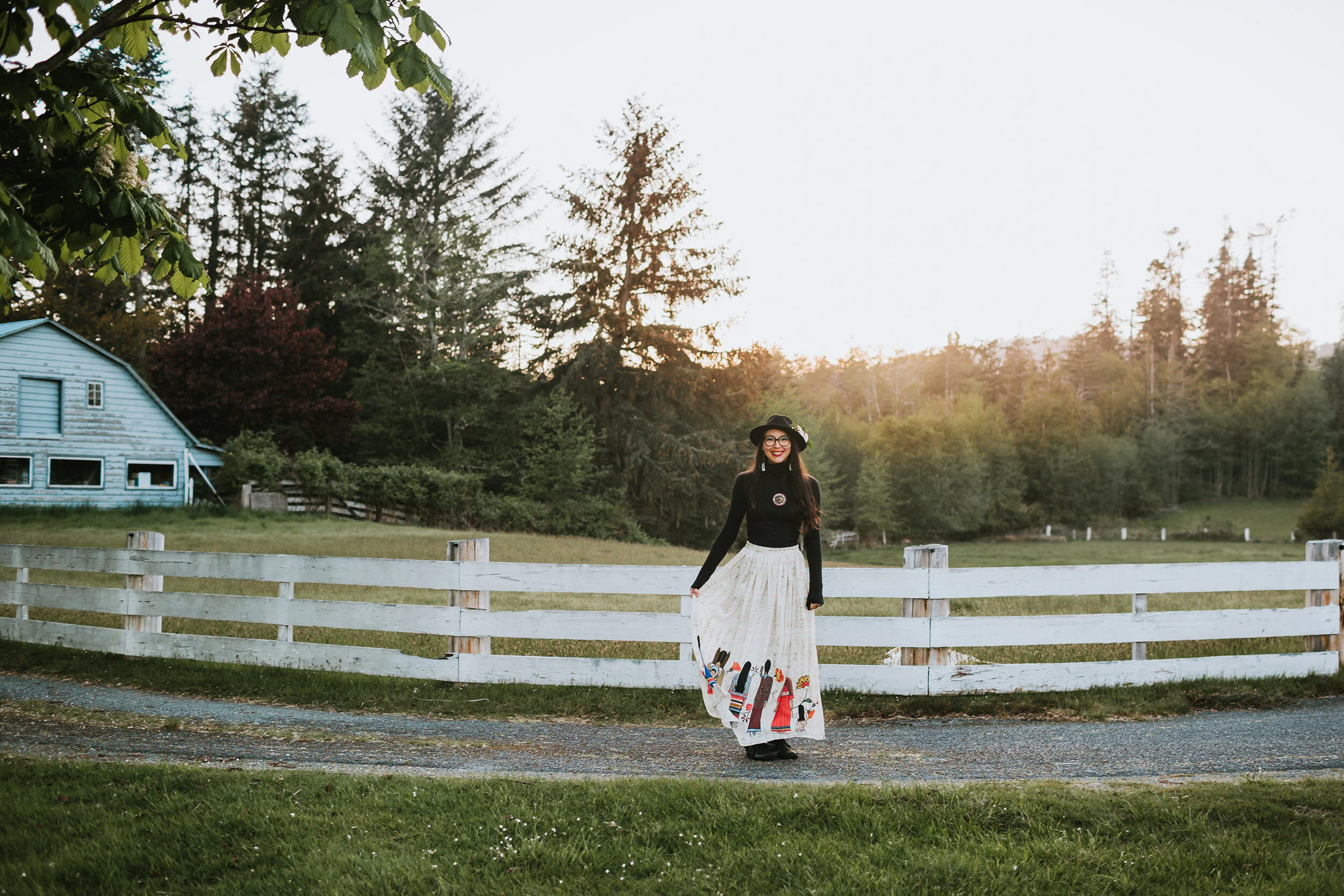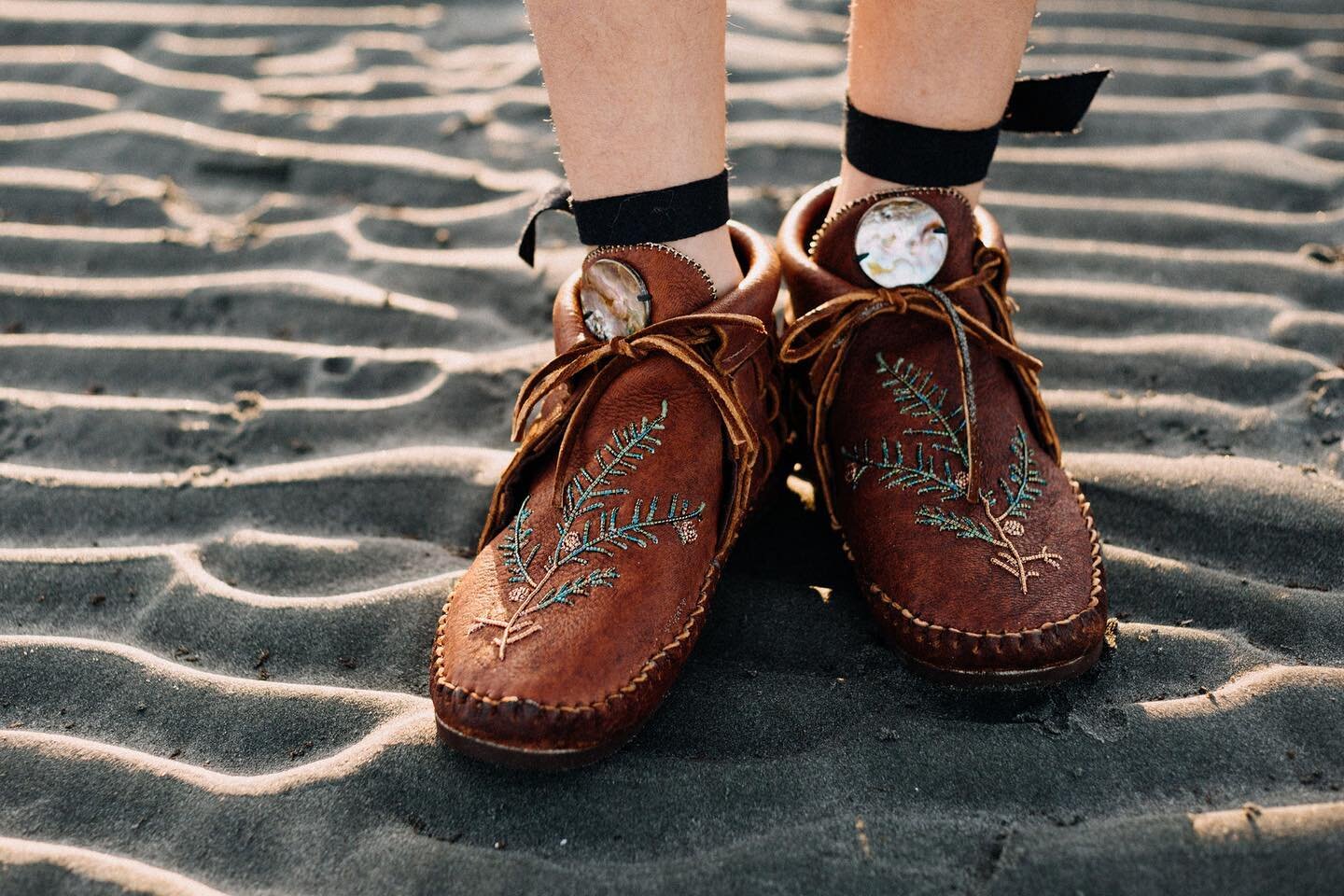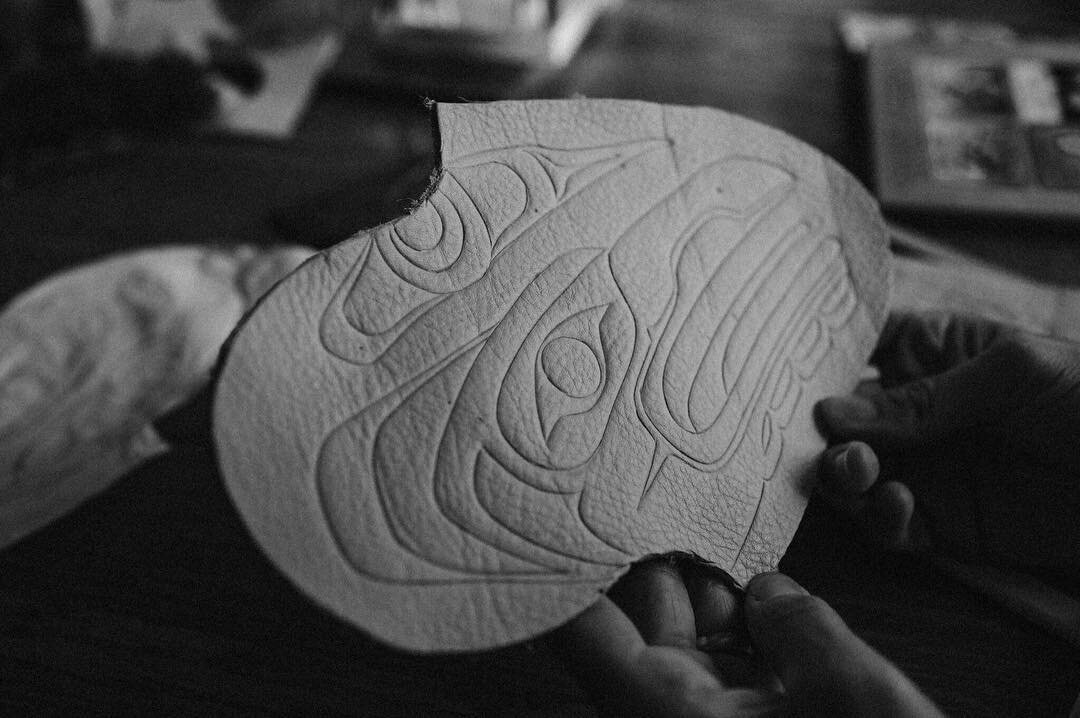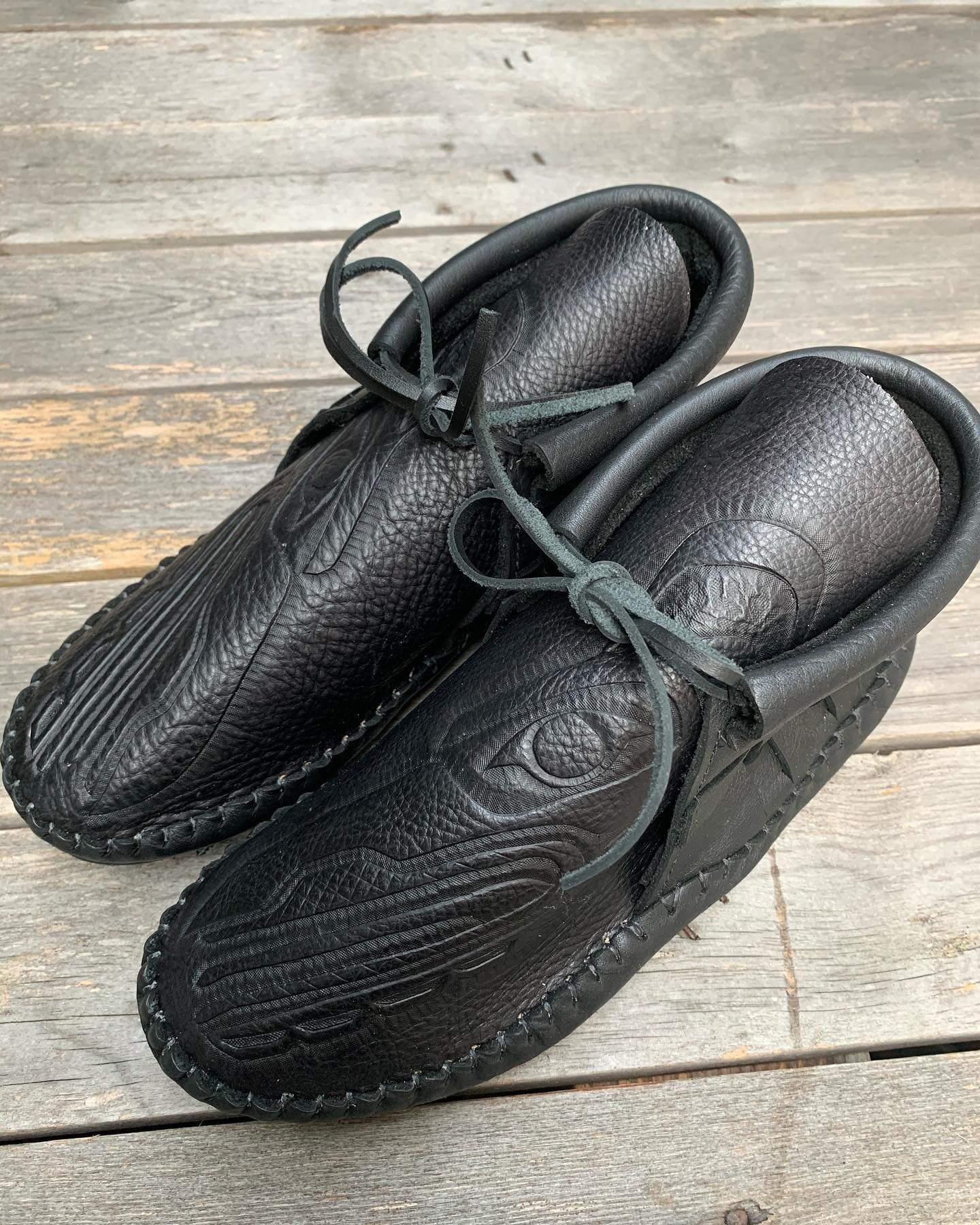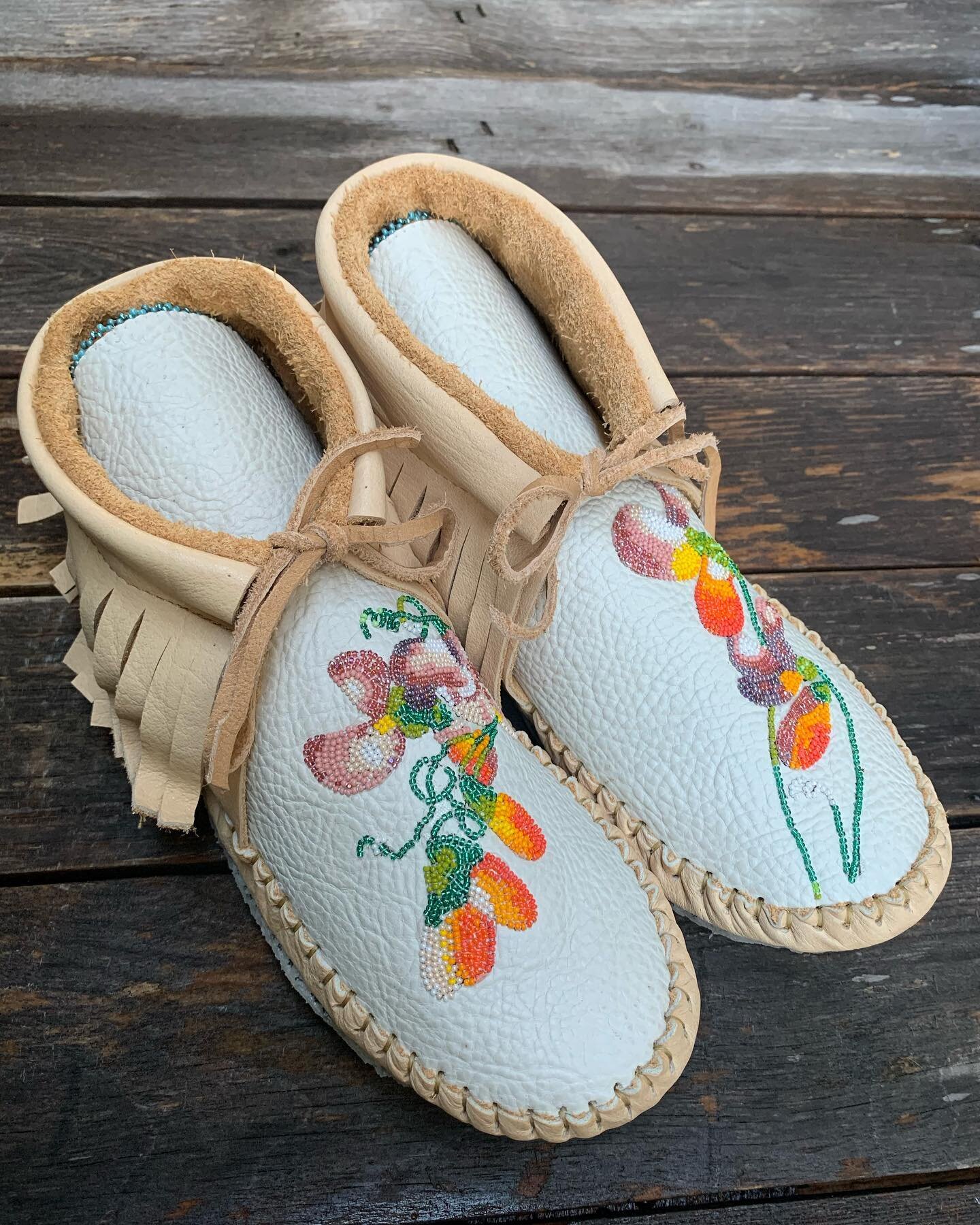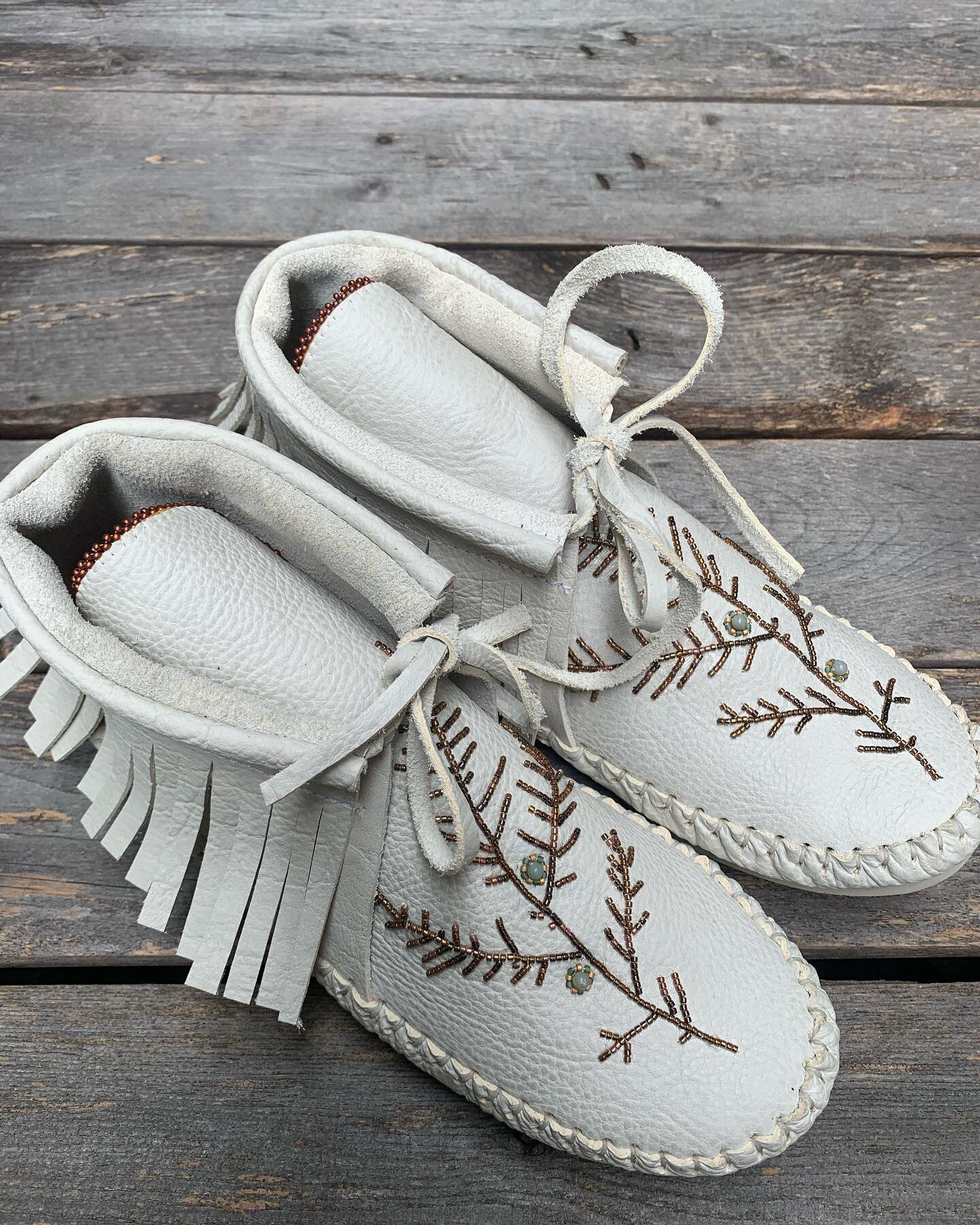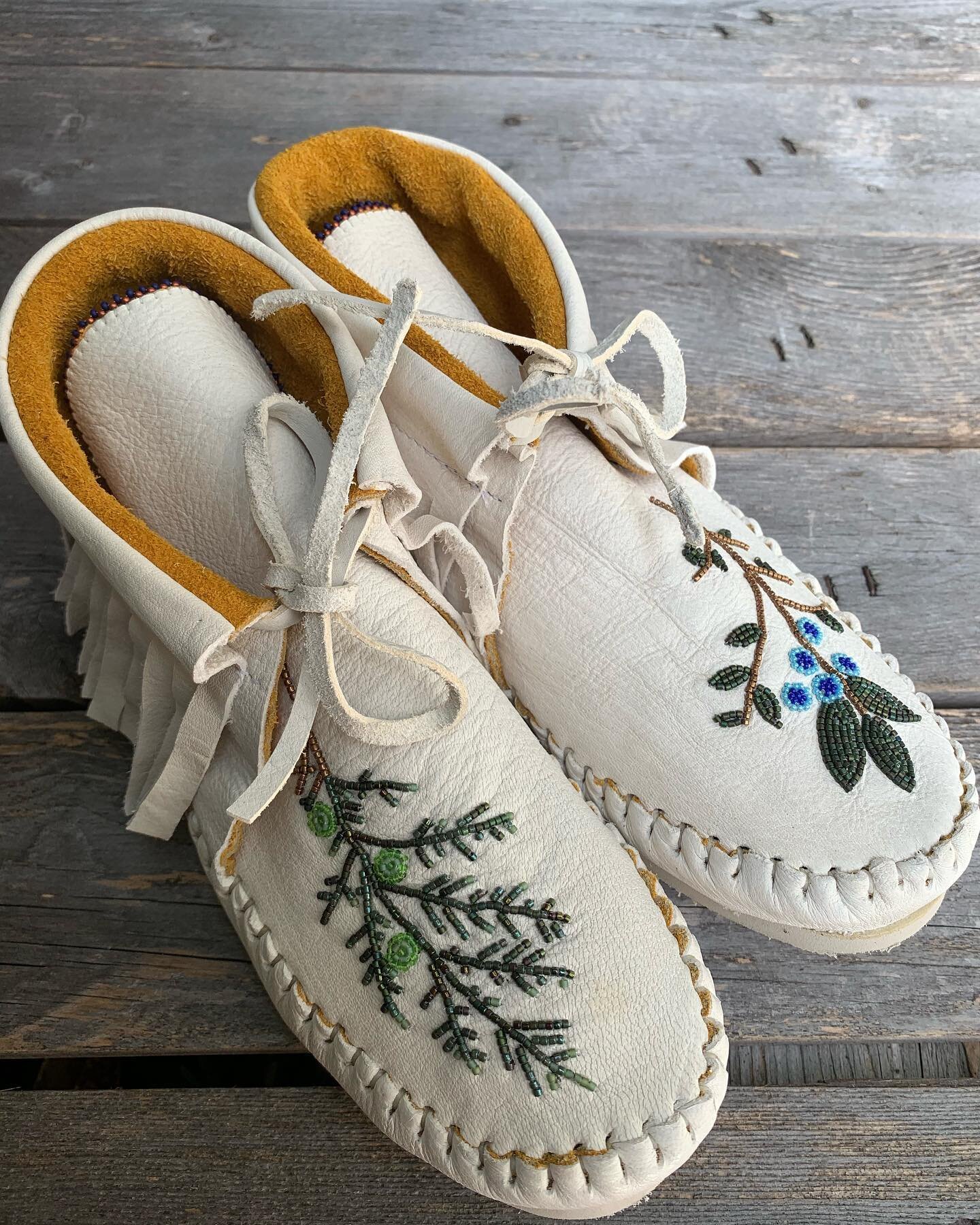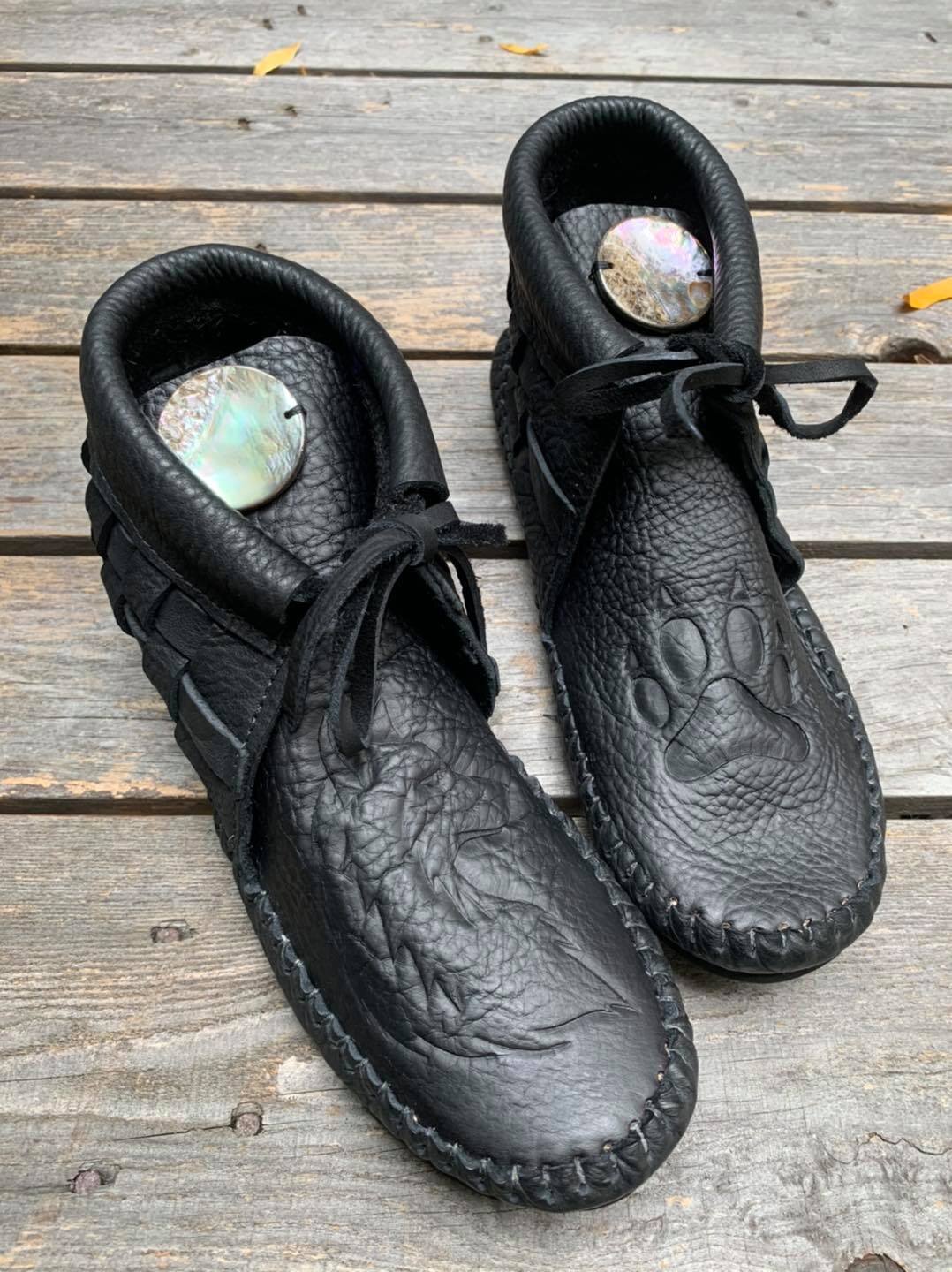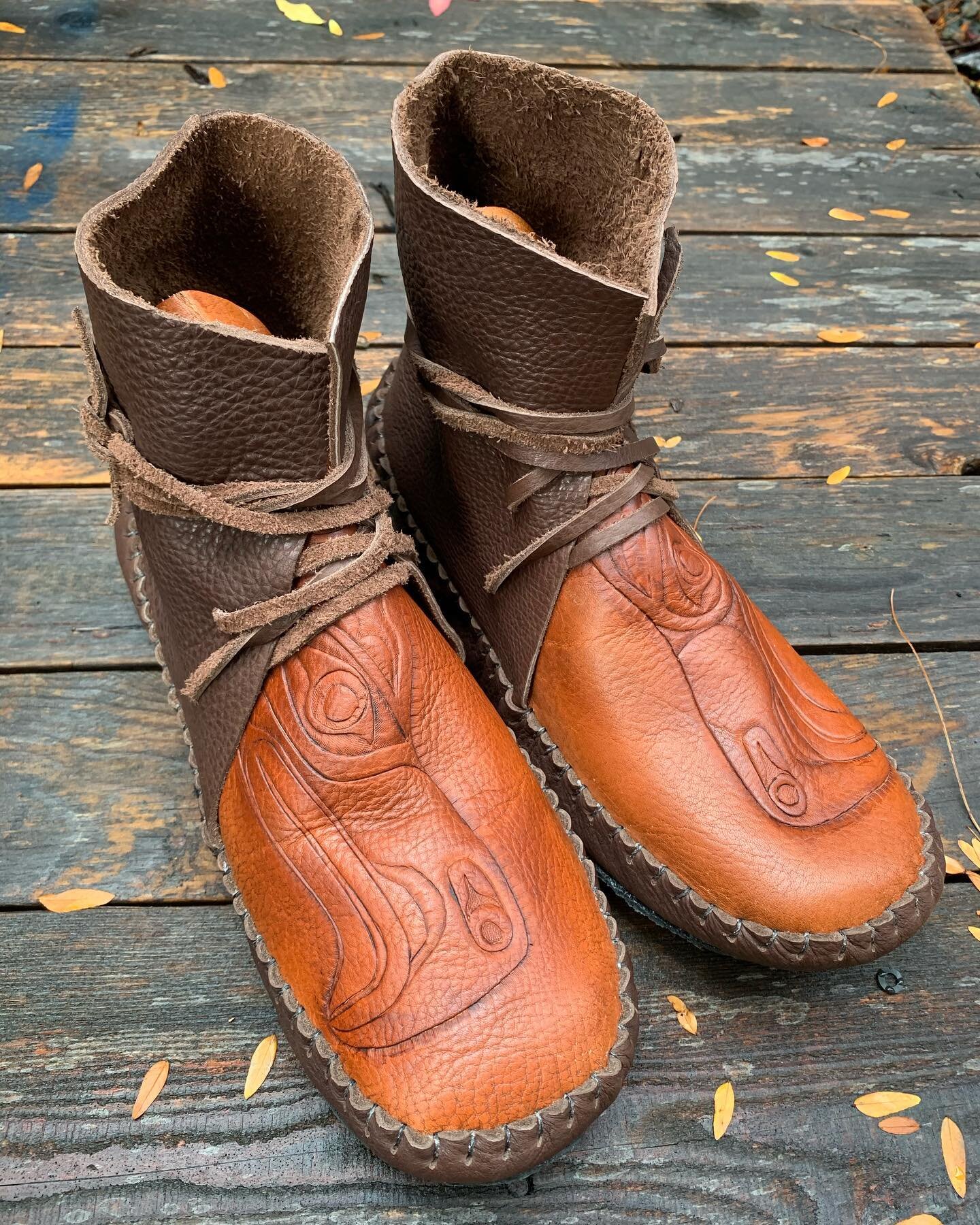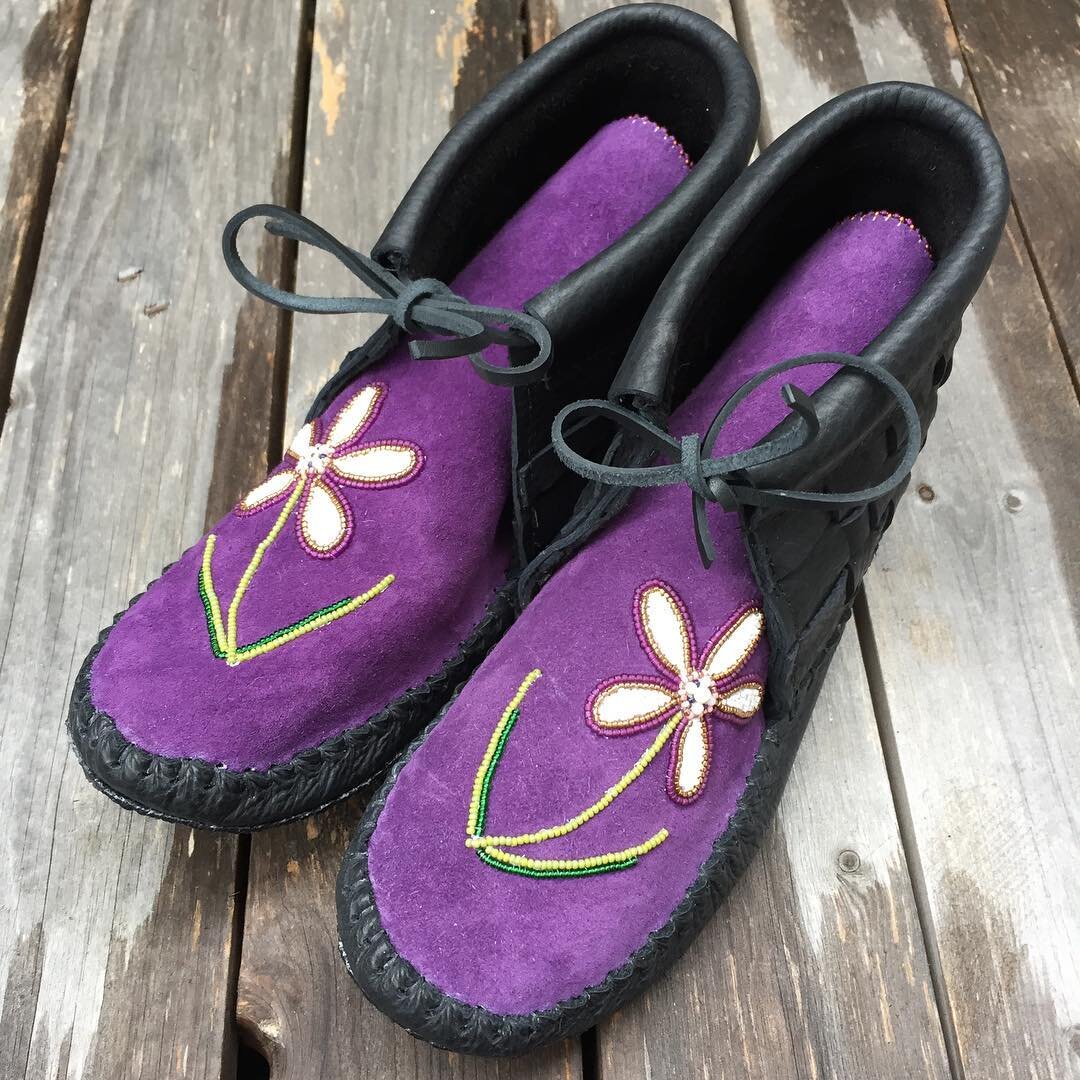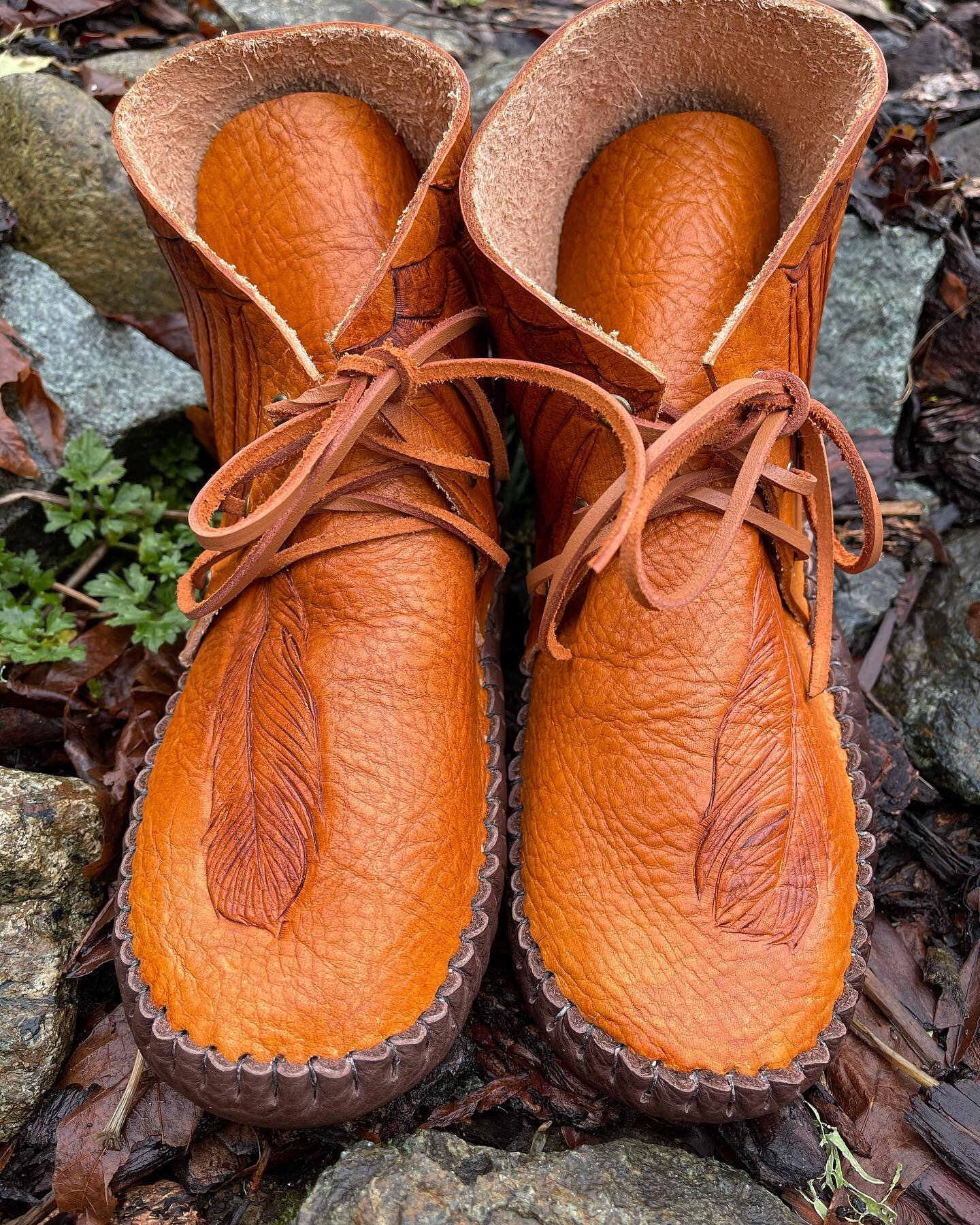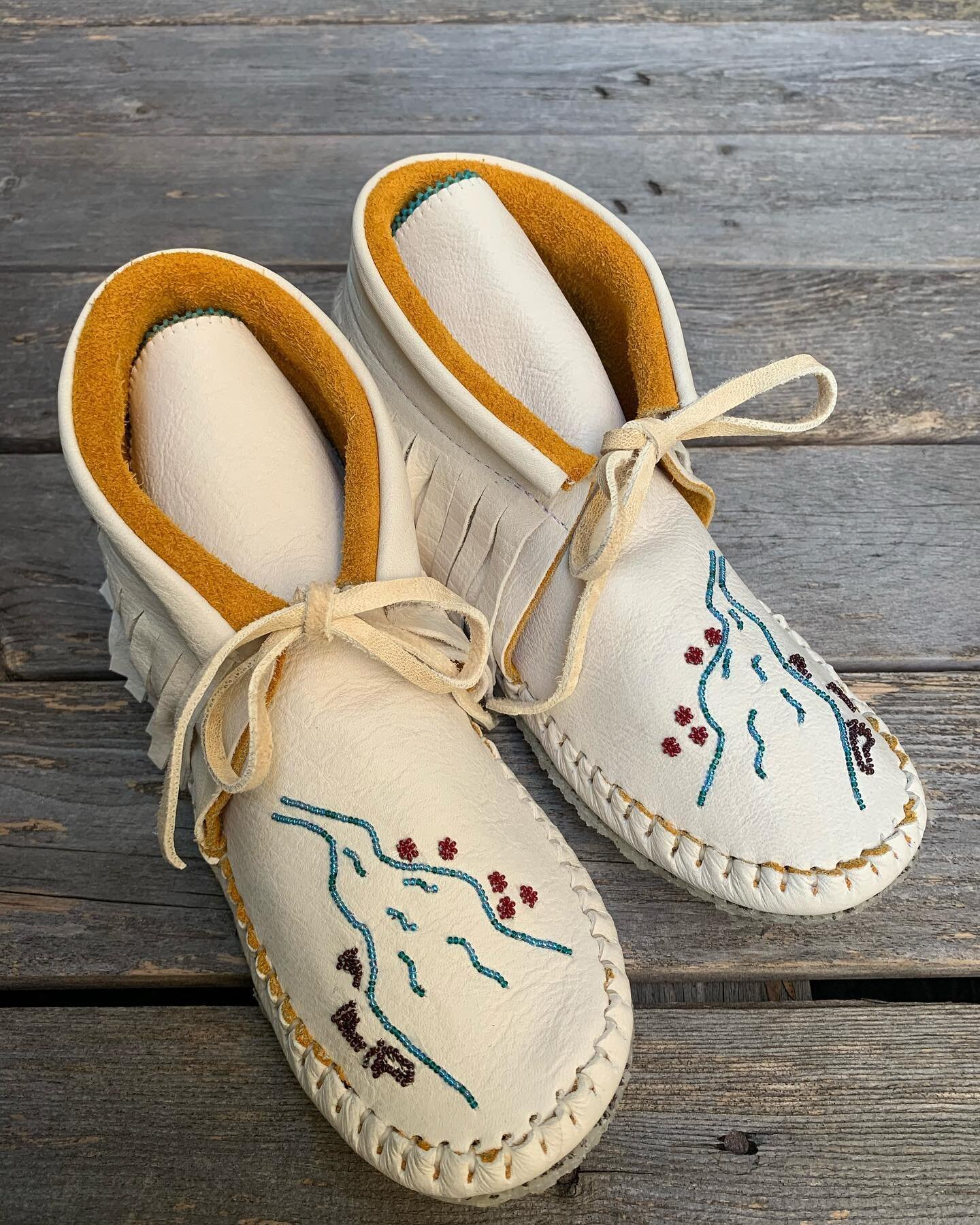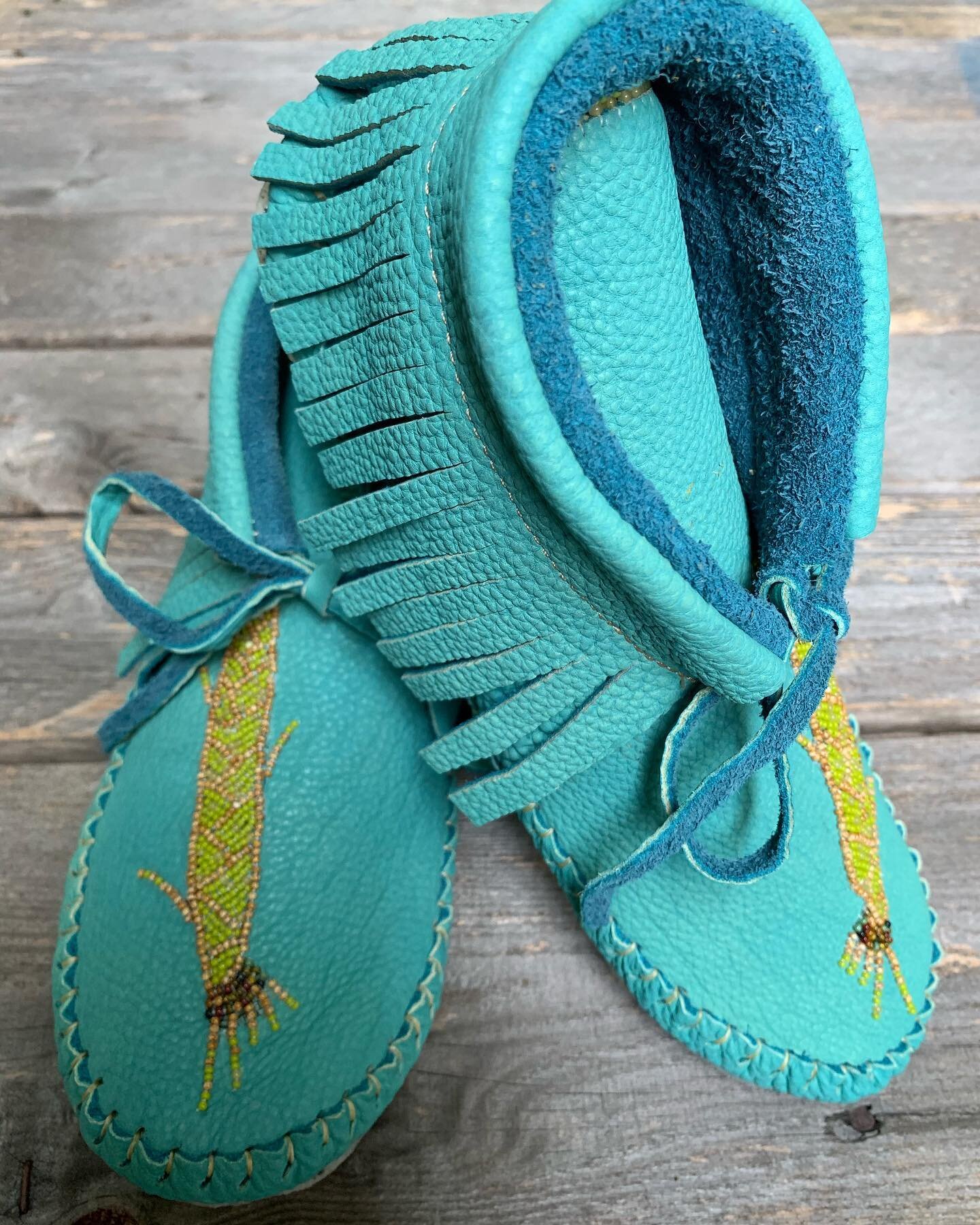Meet the Kwakwaka’wakw artist Jamie Gentry
Many people think that a wealthy person is one who has many possessions and property.
The Kwakwaka’wakw believe that it is one who gives the most away.
This is a story about Jamie Gentry, a talented artist and member of the Kwakwaka'wakw Nation in British Columbia. She comes from a place where forests are said to whisper secrets about life and death, and animals have a human soul inside.
Imagine briefly, unspoiled sandy pocket beaches, deep green dripping rainforest trails and abundant marine life, with otters and sea lions playing in their natural surroundings. Welcome in Sooke, Jamie's home. The wildlife biodiversity of the Pacific Northwest is one of the highest in the world. It’s no wonder that it is a paradise for supernatural spirits. The seagulls, orcas, grizzly bears are all considered ancestors of the Kwakwaka’wakw who transformed into their human form.
“Hu! Hu!”
If you hear the sound of the wind blowing through the cedar trees it is the call of Dzunuḵ̓wa. She is the wild woman of the woods, a bringer of wealth. She can regenerate any wound, but one must be careful not to fall into her supernatural powers too easily! She is also known as the dreaded ogress with a taste for disobedient children.
Jamie grew up in the ‘Big House’, a heartland of traditional art where every ceremonial mask, painting and song will take one for a long journey into the spirit world. Keep your eyes open. We are going there now as well.
Jamie was fortunate to be surrounded by talented artists her whole life. Artistry has been strongly rooted in her upbringing. Her early imagination was trained by her uncle, a world-renown carver. Kevin Cranmer, her uncle started learning his craft when he was 14 and has never had any other job than carving. Lou-Ann Neel, Jamie’s auntie is another influential example of family talent. She paints, she draws, she has even been in fashion. Jamie’s thoughts also take her to her grandmother's house.
“This place is like an art gallery. Art was always all over the walls”.
From an early age Jamie was drawn to music, dance, drawing and painting, but her most fulfilling experience was working with her hands. She loved sewing, beading and weaving above all. Soon, she discovered her passion for making traditional moccasins for modern day living.
The list of talented aunties and cousins in Jamie’s life is long and each have had a tremendous influence on Jamie’s creativity. Out of all the artists in Jamie’s family however, there is something which made her art unusual…
The word "potlatch" means "to give". It is also the name of a ceremonial family feast. One of the most unique aspects of a potlatch is the sharing of gifts to guests. The more gifts are given, the higher the status of the host.
“Traditionally the potlatch was about taking care of the community. It wasn’t about hoarding resources for themselves. It was about how much they could give back to their community. My people were very fortunate because we have such a rich resource living next to the ocean. I have been told that this is why our art is so developed. Food was easy to come by, so we had more time to put energy into our artwork”.
The Kwakwaka’wakw believe that their wealth comes from their natural resources. Thanks to their ancestral spirits, they are both spiritually and materially rich. Every single day, they express their appreciation and their connection to those things that sustain them. The most spectacular and powerful meeting of these two worlds happens during the potlatch. When Kwakwaka’wakw people dance, they pull a string that opens their mask and the people transform into something entirely different. This is the moment of pride when the secrets of the world are revealed.
This act of sharing one’s wealth and respecting collective resources has a huge influence on Jamie’s art. Her goal is to create meaningful connections through moccasin making. She puts specific intentions into each pair, for each individual.
The interview below is conducted as part of my exploration and research work on indigenous designs and clothing.
What is your definition of fashion?
Personally, I have always used fashion as a way to express myself. It was never stagnant. After creating my own products and seeing the condition of our world, I just started to recognize the disconnection that we have with the people who made our food and clothes and how disposable things have become. Everything is quick and people tend to want everything right now. For me, it is very important that people take time to understand that, at least in my case, there is a real person who is making their moccasins for them by hand. That I’m cutting every piece out from the hide and I’m punching every whole and I’m sewing every stitch. And if I’m beading, I’m beading every single bead down by hand and I’m putting my energy, a piece of myself, into everything that I make. I hope they can feel that good energy when they are wearing it.
What was the biggest lesson about designing you have ever received?
I had to learn to trust my intuition. When I started beading, my inner voice was criticizing my work, telling me that nobody is going to like it. Now I know that I have to trust it and keep pushing through, even though the result of my work doesn’t reflect the initial vision I had in my head. I have learned to be patient, disciplined and keep pushing through. I usually end up falling in love, but at the beginning it is always hard.
What and who inspires you as a designer?
Nature is a big inspiration for me. We were very lucky to have the beach just 5 minutes from our place. There are also many beautiful trails around so it is very easy for me to just go, clear my head and create this connection. There are also many talented artists. Last summer I went to Yukon for a 10 day festival called Adäka. It was kind of a summer camp for artists. Adäka was a beautiful opportunity to spend 10 full days with others and be able to be inspired, work together and laugh. It was pretty amazing that everybody was practicing their own art. Young artists and elders. Together.
If you could describe Kwakwaka’wakw clothing in 3 words, what would they be?
Natural, organic (biodegradable), artistic.
Why are traditional designs important for Kwakwaka’wakw?
It is important because these designs hold onto the roots of our culture. My uncle carves incredible Kwakwaka’wakw masks. A couple of years ago, his family had a memorial potlatch in Alert Bay, where my uncle carved a totem pole. It is a way to carry on our tradition and keep our culture alive.
I was also searching for a way to incorporate my traditions into my moccasin making, and decided to add cedar bark weaving. It was used for making clothing, headwear, baskets and blankets. Moccasin is the footwear of many indigenous groups of North America and I wanted to bring a bit of my culture into what I create.
What is the meaning of Kwakwaka’wakw designs?
Our designs are formline. Usually animals or supernatural beings are carved. For example my uncle has a beautiful *Sisiutl design which is a double-headed serpent. This figure is on our family crest. The rich diversity of Kwakwaka’wakw designs are reflected in our totem poles. They are located at the entrance of longhouses and represent the story of the family. The Kwakwaka’wakw traditional cedarbark garments don’t contain patterns. Only the ceremonial button blanket is decorated with the designs. Imagine, we started my blanket 16 years ago and it is still not finished! It is such a complex and time-consuming project.
*The Sisiutl is a powerful creature that symbolizes protection.
Are there any myths or stories about Kwakwaka’wakw clothing?
We have our family crest that identifies what family we are a part of. When you go to potlatch your blanket portrays yours genealogy so everybody in the ‘Big House’ knows who you belong to. It is very important to us.
What can the fashion industry do to be more sustainable?
The fashion industry is looking to keep up with demand. As long as consumers continue to source fast fashion, then designers are not going to stop making fast fashion. This is something to decide. Whether we have to learn as a society to be more mindful of who and where we are buying from, or to put it on the shoulder of the fashion industry to start finding ways to educate the world about how clothing and how fashion is made. The more we know, the better decisions we make.
Thank you so much Jamie!

